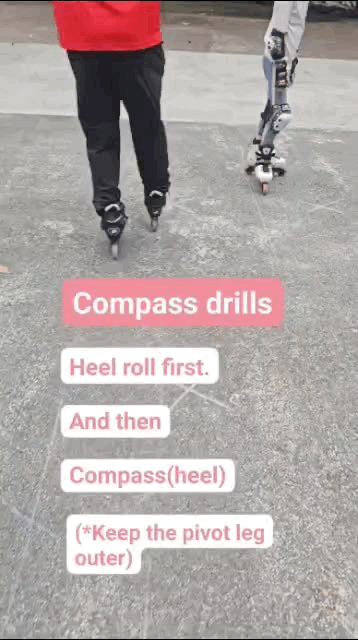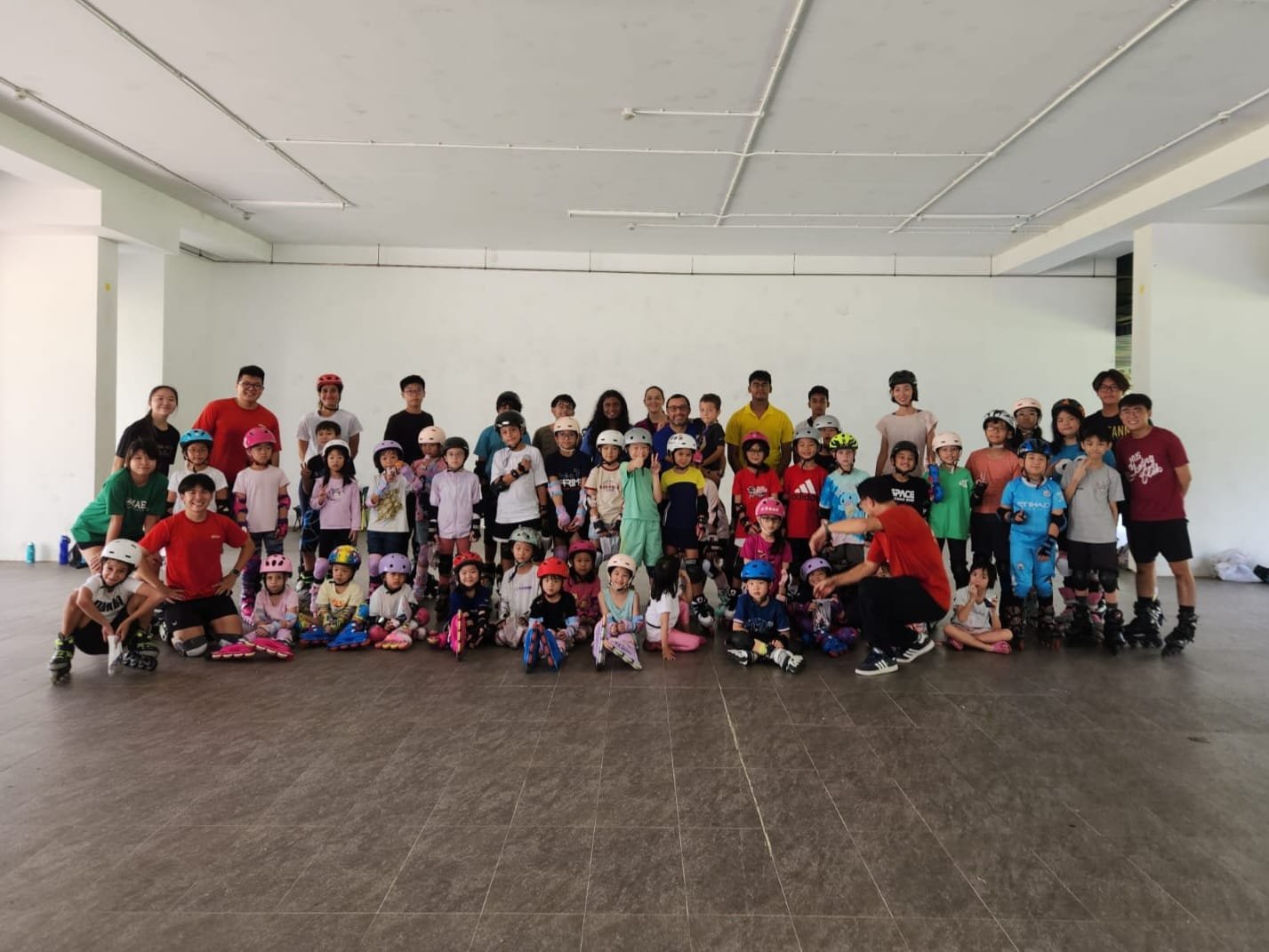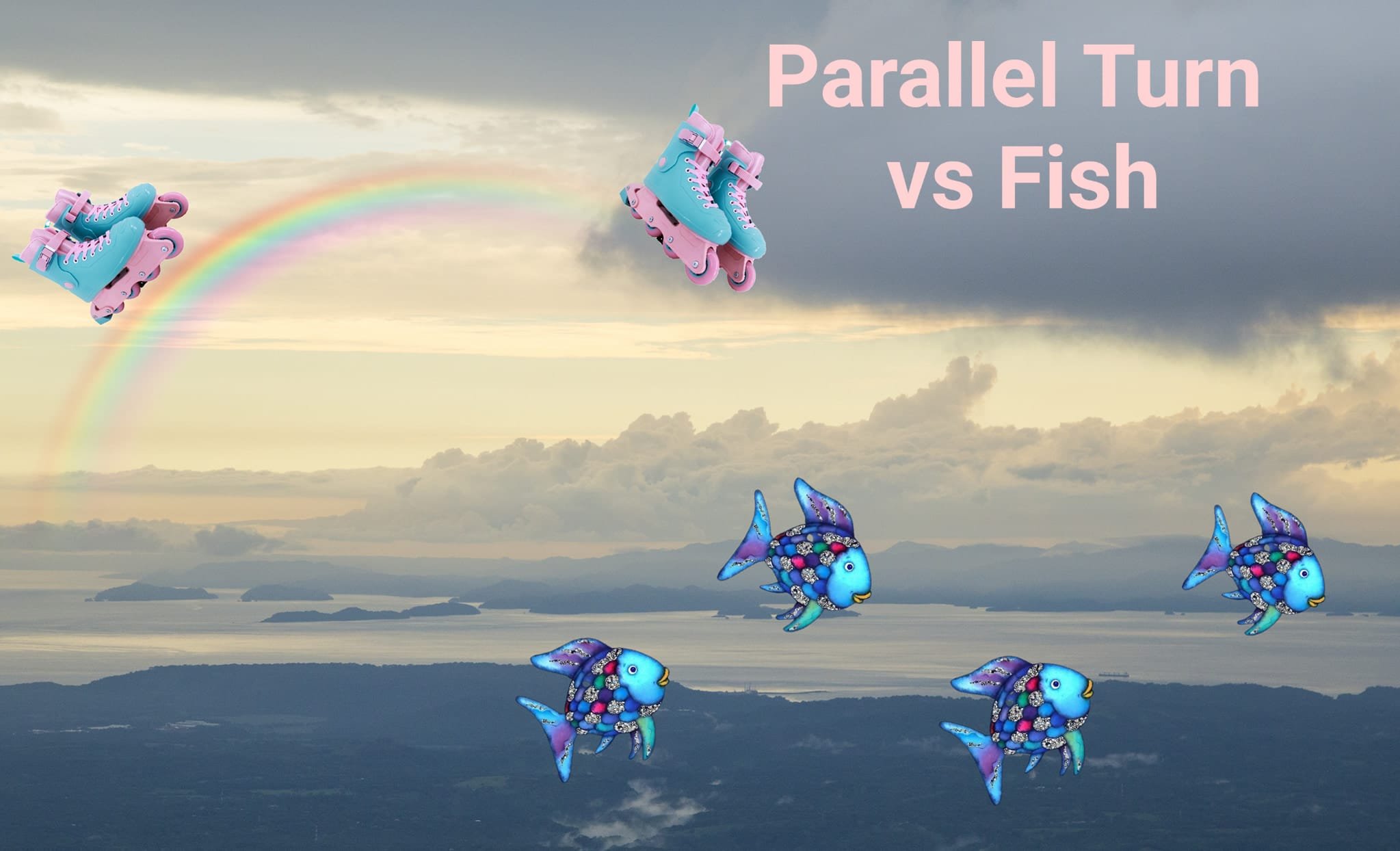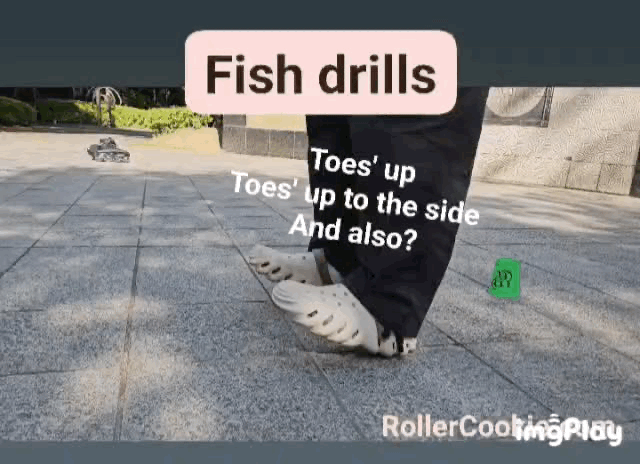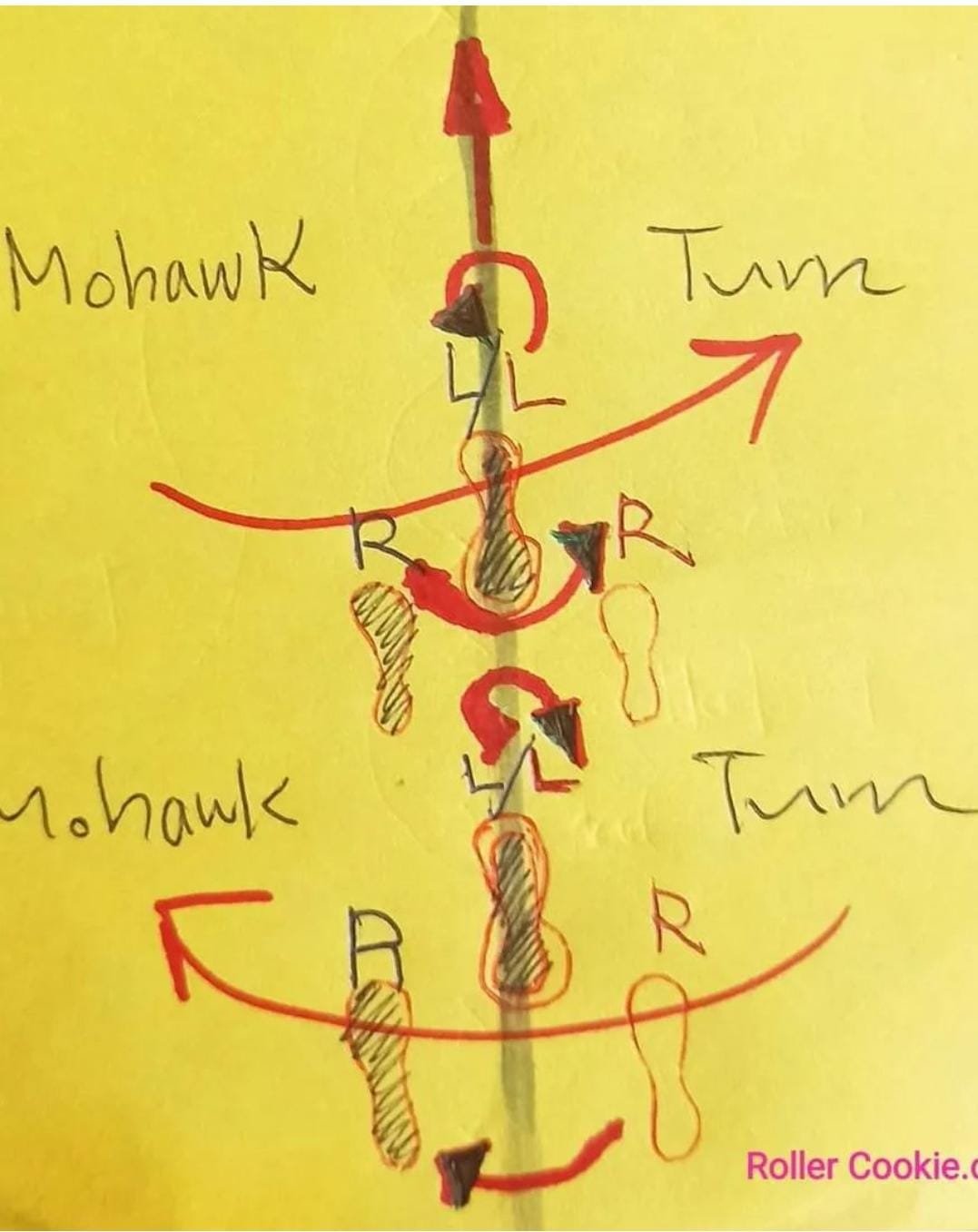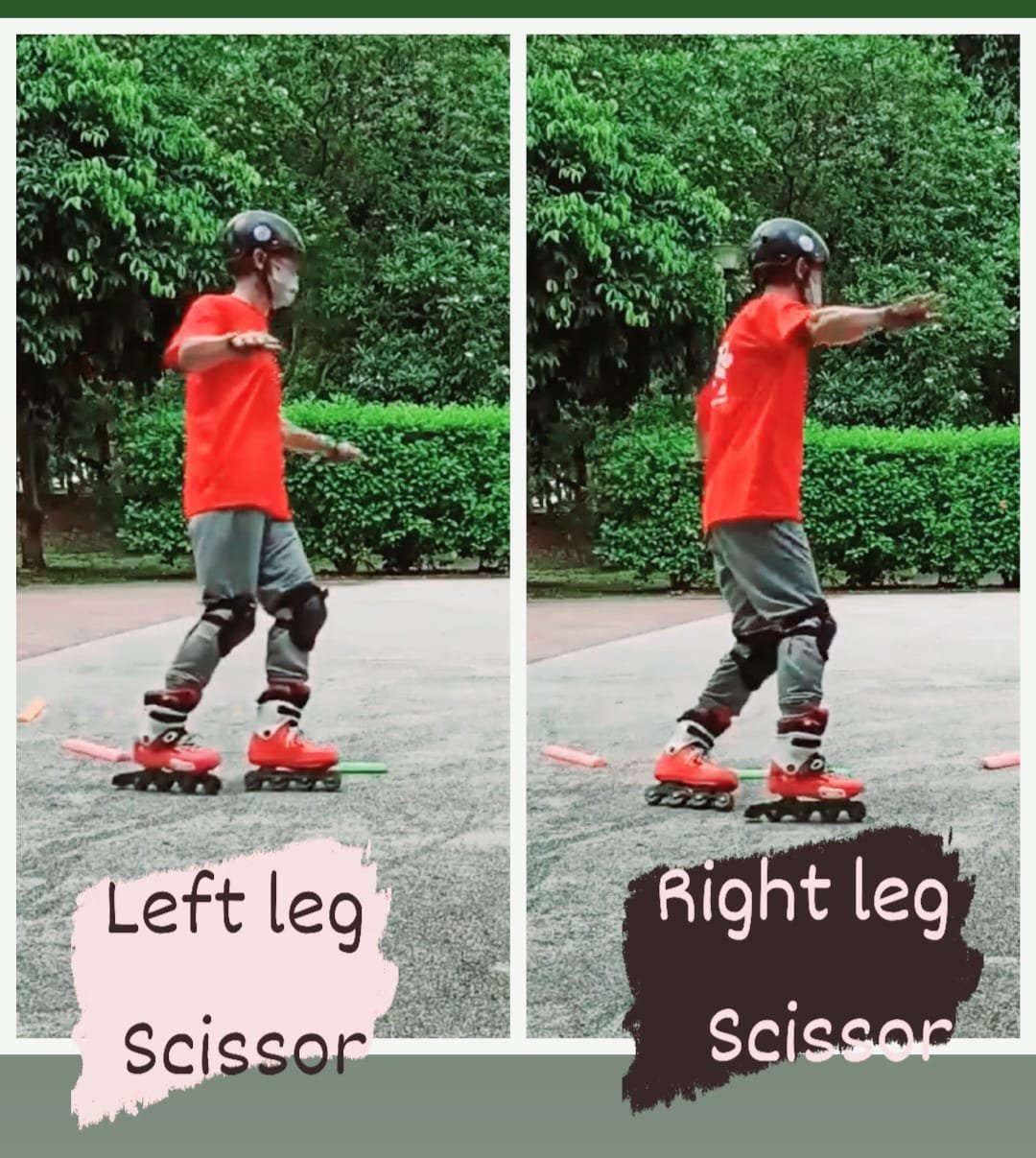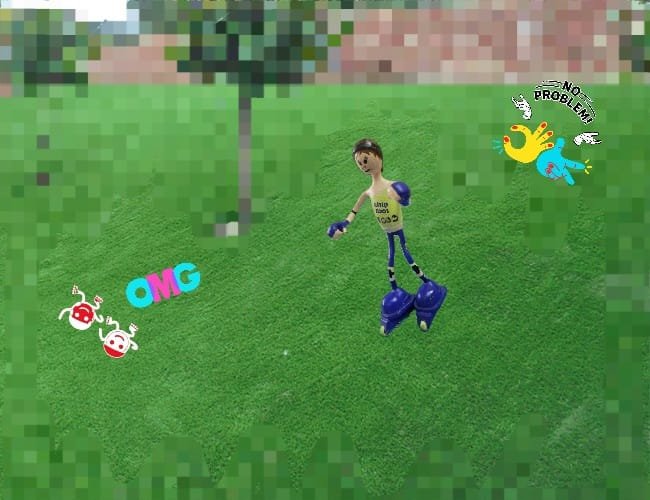Performing the Compass Heel Skill
The compass heel is a graceful and challenging maneuver in figure skating that involves executing a series of deep edges.
To successfully perform this skill, proper technique and body positioning are crucial.
Key Considerations:
* Pivot Leg Position:
* The position of your pivot leg is paramount.
* Outer Lean: Maintaining an outer lean with your pivot leg is essential. This outward lean helps maintain the circular momentum and allows for smooth transitions between edges.
* Inner Lean: If your pivot leg leans inward, it disrupts the circular motion, making it difficult to control the flow of the skill and increase the risk of falling.
* Body Posture:
* Upright Posture: Maintain an upright and balanced posture throughout the execution. Avoid leaning excessively forward or backward, as this can throw off your balance and hinder smooth transitions.
* Core Engagement: Engage your core muscles to provide stability and control. A strong core will help you maintain balance and execute the precise movements required for the compass heel.
* Edge Control:
* Deep Edges: The compass heel relies on deep edges to achieve its characteristic arc. Focus on digging deep into the ice with each edge change to maintain control and create a strong, defined path.
* Smooth Transitions: Practice smooth and seamless transitions between edges. Avoid abrupt changes in direction or jerky movements, as this can disrupt the flow and rhythm of the skill.
* Momentum and Flow:
* Maintain Momentum: Generate and maintain consistent forward momentum throughout the skill. This momentum will help you navigate the curves and maintain control.
* Flowing Motion: Focus on creating a flowing and continuous motion, avoiding any pauses or hesitations that can disrupt the rhythm and grace of the skill.
* Practice and Refinement:
Consistent practice and refinement are key to mastering the compass heel. Start with basic drills and gradually increase the complexity of the skill. Focus on proper technique and strive for smooth, controlled movements.
By understanding and applying these key principles, skaters can develop the skills and confidence needed to execute the compass heel with grace and precision.



